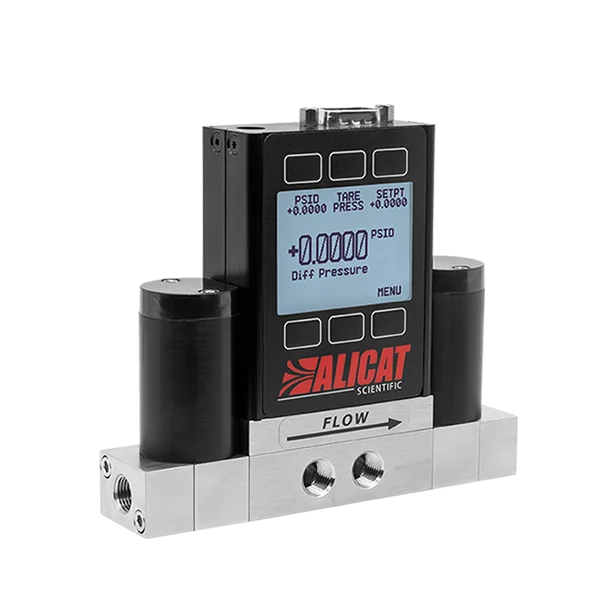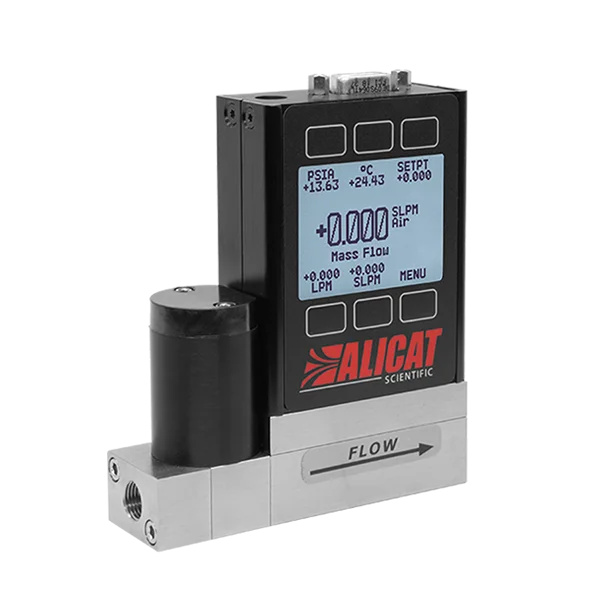Solar Hydrogen: Renewable Powered Electrolysis

While the photochemical process is appealing due to its direct hydrogen production, it must still undergo significant innovation to reach scalability. Solar powered electrolysis, on the other hand, uses already established technologies and can therefore more immediately be used to provide certain geographies with the opportunity to produce large amounts of green hydrogen.
Current solar hydrogen capabilities
Generally, these 30% systems rely solely on electrical energy and suffer from low efficiency due to significant heat losses. One solution is hybrid photovoltaic-thermal systems which convert solar energy into both electricity and useable heat, improving process efficiencies up to 80%.
In both systems, excess energy can be stored as hydrogen and used at some point in the future instead of going to waste. Hybrid systems have the added bonus of producing heat that can be fed into electrolysis processes (which are more efficient at higher temperatures) – or used to heat buildings. Other methods such as photoelectrocatalytic hydrogen production via water splitting
Existing solar hydrogen projects
Manilla Community Solar array – New South Wales
A $2.3 million grant was awarded in 2020 to a project in rural New South Wales for a 4.5 MW solar array and a 2 MW solar hydrogen storage system. The installation will also be one of the first commercial scale projects to use solid-state hydrogen storage in the form of sodium borohydride (NaBH4). This “H2Store battery” technology was developed by the University of New South Wales and the cost is comparable to existing chemical battery storage technology.
First Solar & Nel Hydrogen
The American solar systems manufacturer First Solar partnered with Norway’s Nel Hydrogen to develop a power plant that produces solar-generated hydrogen and low-cost electricity. Initially, they used proton exchange membrane (PEM) electrolysis systems but faced equipment challenges. The ball-type rotameters that Nel Hydrogen had traditionally used lacked the necessary precision, so they switched to Alicat mass flow meters to test their S, H, and C PEM electrolysers.
BP, Iberdrola, & Enagás
BP teamed up with Iberdrola and Enagás installed a photovoltaic powered, 20 MW electrolyser that will allow them to transition from grey hydrogen consumption to green.
Soto Solar España
Independent producer Soto Solar España plans to develop a 1 GW photovoltaic park with a 100 MW electrolyser by 2024.
Baofeng Energy
The Chinese coal mining company Baofeng Energy announced in 2021 plans for two 100 MW solar power generators to power electrolysis as part of their efforts to half CO2 emissions by 2030. The project was finished approximately in December of 2021, and is claimed by Baofeng Energy to be the world’s largest solar hydrogen generation project.
Sinopec & Longi
The oil firm Sinopec had previously partnered with the solar technology manufacturer Longi to work on the company’s decarbonization efforts by developing green hydrogen production infrastructure back in 2021. In 2025, Sinopec announced a $690 million dollar hydrogen venture capital fund to invest in hydrogen energy startups.
H2B2
Starting in 2018, the California Energy Commission issued a solicitation to create renewable hydrogen generation facilities across the state. The SoHyCal project, presented by the hydrogen processing company H2B2, touts itself as the largest operational green hydrogen production plant in North America, powered entirely by renewable energy.
Market opportunities and future outlook

Applications
Converting solar energy into hydrogen requires systems that operate reliably under varying conditions while maintaining high efficiency and safety. Alicat’s precision mass flow and pressure instruments have supported a variety of solar hydrogen projects in achieving these goals.
One research laboratory needed an on-site solution to blend natural gas and hydrogen in precise ratios before feeding the mixture to a gas turbine. The hydrogen was produced by a PEM electrolyzer powered by 30 kW of solar panels. To ensure consistent flow and mixing, they used the FusionFlow MXM all-in-one gas blender, delivering a stable output at 40 PSI and 150 SLPM to match the turbine’s requirements.
In another project, Alicat liquid flow controllers were used to deliver deionized water through prototype equipment prior to field deployment. Additionally, Alicat MC-Series mass flow controllers helped deposit polymorphous and doped polymorphous silicon for developing solar cell prototypes.
With reliable flow and pressure control, Alicat instruments continue to enable clean energy innovations worldwide.
Related Products
Green future
Using solar energy to power electrolysis offers an alternative pathway for sunny regions to produce energy sustainably. Green hydrogen production like this reduces dependence on fossil fuels and encourages innovation in solar and electrolysis technologies, helping to meet the energy needs of large populations. In the short term, individual projects and plants have a minimal impact on the overall energy market. However, by expanding the capacity for solar hydrogen generation, we can build a stronger foundation for a cleaner, more resilient energy system.



